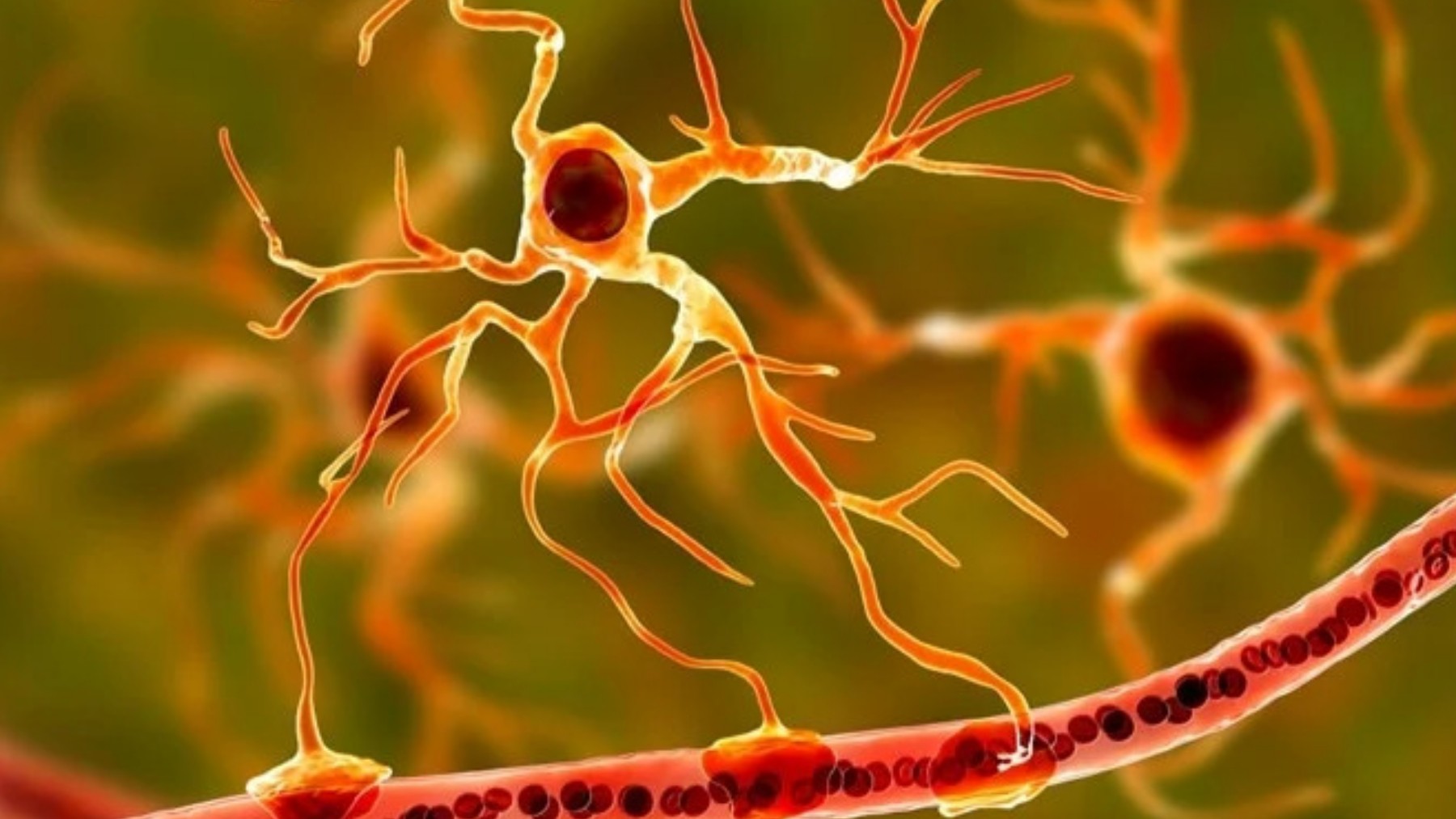
It’s official—a study from MIT finds that astrocytes also play a role in how we remember things
How did your country report this? Share your view in the comments.
Diverging Reports Breakdown
It’s official—a study from MIT finds that astrocytes also play a role in how we remember things
Astrocytes are the most numerous type of cell in the brain. They have always been considered the ones responsible for balancing the chemical environment, cleaning up waste, and nourishing the neurons. New research shows that they have a much more active role: they participate in communication and information storage. A single astrocyte can connect with more than a million synapses, creating an intricate network, something that was once thought to be passive. If this theory is confirmed, neuroscience textbooks will have to be completely rewritten. It could serve as inspiration to improve artificial intelligence algorithms, learning directly from brain biology. But of course, manipulating these networks is no easy task. The researchers believe that today’s technology can handle it, so at least there’s a starting point! These cells have gone unnoticed for decades, but now they could be the key to understanding why you remember your friend’s birthday from kindergarten.
We are undoubtedly looking at what could be a new step in neuroscience and our understanding of brain memory. Up next, I’ll tell you what we know about this hypothesis and what its real implications could be in science. Are you ready?
Astrocytes: more than just the “helpers” of the brain
Astrocytes are the most numerous type of cell in the brain. They have always been considered the ones responsible for balancing the chemical environment, cleaning up waste, and nourishing the neurons. Until now, when new research shows that they have a much more active role: they participate in communication and information storage.
A silent network of astrocytes
A single astrocyte can connect with more than a million synapses, creating an intricate network, something that was once thought to be passive. Recent studies show that these cells “listen” to neuronal activity, no, they’re not gossiping, wait for it! They release molecules called gliotransmitters (which are capable of directly influencing how information is transmitted).
The game-changing model is what MIT and IBM researchers have published in the Proceedings of the National Academy of Sciences. Here, they propose that astrocytes could store memories thanks to their internal network and their ability to communicate with many synapses at once. This model combines mathematics, biology, and the theory of artificial neural networks!
More efficient networks, more memories
It’s not that you’re remembering your ex more than you should… The proposal is based on dense associative memories, a more advanced type of network than classic Hopfield networks. The idea is that integrating astrocytes as computational nodes not only adds more memories, but multiplies the storage capacity. Let me explain: the more astrocyte participation, the more powerful the network would be to store and retrieve memories.
Energy and memory: how do they work?
Right, the model they present uses the idea of an “energy function” to explain how the brain completes memories from partial fragments. Astrocytes, by participating in calcium transmission and in the connection with multiple synapses, generate a richer and more flexible network of interactions. This system not only stores more information, but does so more robustly.
And now that it’s so trendy, researchers believe it could serve as inspiration to improve artificial intelligence algorithms, learning directly from brain biology.
New frontiers in the study of the brain
If this theory is confirmed, neuroscience textbooks will have to be completely rewritten! Because until now it was believed that the neuronal synapse was the exclusive basis of memory, but this model suggests that astrocytes are also playing in this game!
The next step: proving it in the lab
The MIT team says the best way to validate this finding, as is logical (who doesn’t know that?), is to manipulate the diffusion of calcium in astrocytes and see how it affects memory. They also plan to adjust their simulations with real neurobiology data to ensure they truly reflect how the brain works.
But of course, manipulating these networks is no easy task. The researchers believe that today’s technology can handle it, so at least there’s a starting point!
Science never ceases to amaze us. These cells have gone unnoticed for decades, but now they could be the key to understanding why you remember your friend’s birthday from kindergarten and not what you had for dinner yesterday! 😉
Source: https://unionrayo.com/en/astrocytes-mit-brain-remember/
